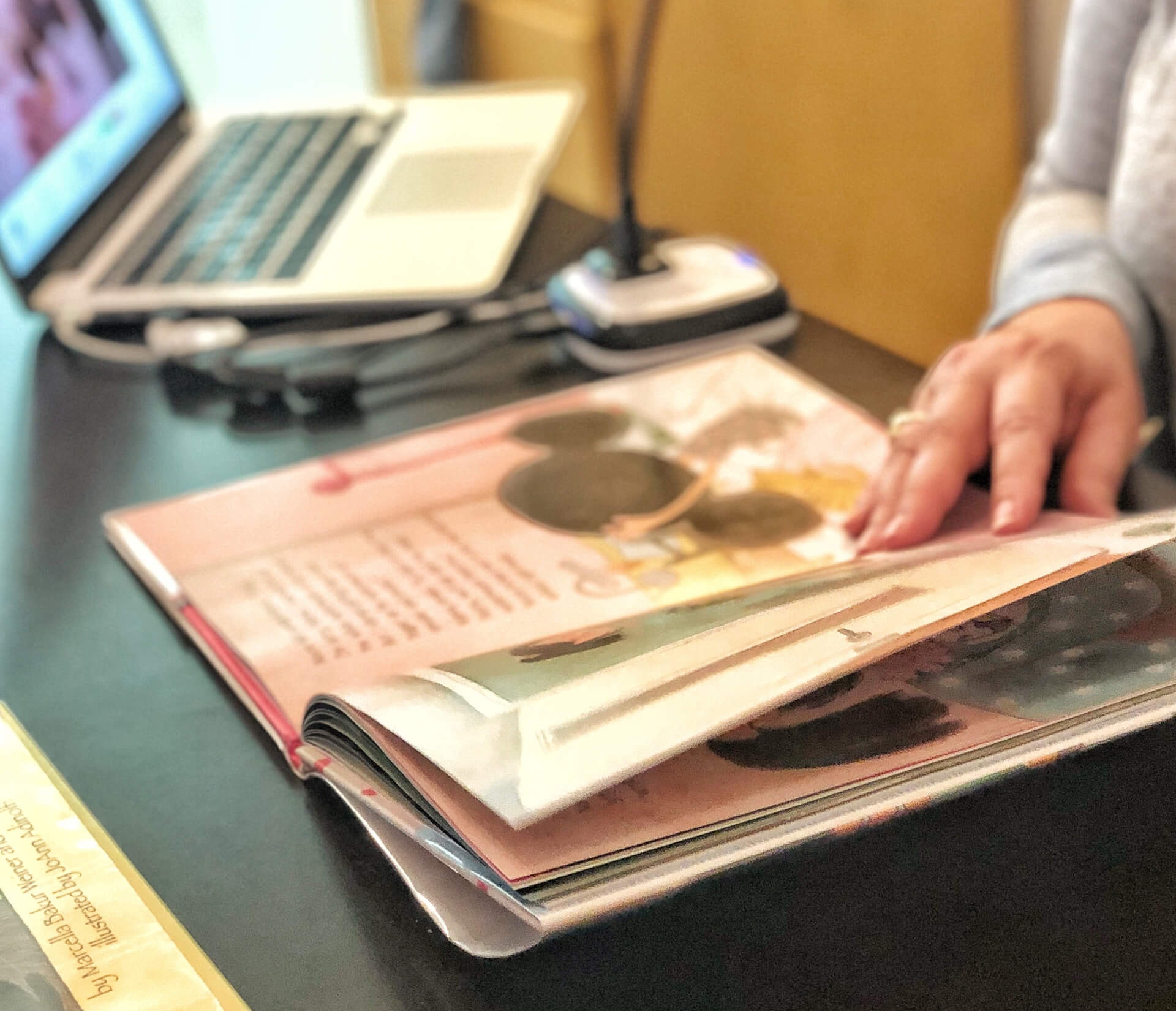Why independent publishers are shaping the future of book printing
The book publishing industry is going through some big changes, driven by fast-paced tech developments, shifts in the market and new reading habits.
Both publishers and readers are noticing emerging trends, but it’s still unclear exactly how these will reshape traditional practices. What is clear, though, is that these trends are changing how books are written, published, and read.
As traditional publishers face various challenges, more independent publishers are emerging. Often these are small book publishing companies who can be more flexible and quicker to adapt to market changes.
The evolution of book publishing
For a long time, just a handful of large companies controlled most of what we read, deciding which stories got published and how books made it into readers’ hands.
But in more recent times, digital technology and changing reader preferences has turned this model upside down. Now, self-publishing and independent publishers are stepping into the spotlight, redefining not only who gets published but also how books are printed and distributed.
One of the biggest impacts of this shift is on book printing itself. Independent publishers, with their flexible and creative approaches, are pushing past old practices and shaping the future of book printing.
Independent publishers are helping to drive positive change throughout the industry.
The rise of independent publishers
Independent publishers are making a big impact and it’s easy to see why. The barriers to getting started have never been lower. In the past, publishing a book required hefty upfront costs for large print runs, distribution networks, and storage. But now, with digital tools and online marketplaces, independent publishers and authors can reach readers without breaking the bank.
One of the biggest strengths of independent publishers is their focus on niche markets and specialised genres. Large publishers often chase mass appeal, leaving unique voices and niche topics largely untapped.
They can bring out books for communities and interests often overlooked by mainstream publishers, helping readers find titles they truly care about.
Big publishing houses are often slower to react to trends, held back by complex processes and a focus on profitability.
Independent publishers, however, can quickly adapt, experiment with new ideas, and respond to shifts in reader preferences. In a market that’s increasingly about diversity, individuality, and personalisation, this flexibility is game changing.
Innovation in book printing
Independent publishing has really taken off thanks to advances in book printing technology. Traditionally for book printing required large print run in order to be cost effective, and excess printing usually results in waste. Digital printing methods now mean that books can effectively be printed on demand in smaller quantities.
This not only cuts down on production costs but also lowers the financial risks for independent publishers. It also offers flexibility in formats such as paperback, hardcover, and eco-friendly options allowing publishers to cater to readers interested in sustainable products. They can also create special editions and unique cover designs, enhancing the reading experience.
Indie publishers can now offer tailored content and formats, options once limited to large publishers. This shift appeals to modern readers who value individuality and authenticity in their book choices.
Sustainability and ethical practices
As concerns about the environmental impact of the print industry as a whole grow, independent publishers are leading the way in sustainable practices. Many choose recycled paper, soy-based inks, and smaller print runs to minimise waste, while print technology helps reduce overprinting and excess inventory, resulting in fewer unsold books in landfills.
Larger publishers struggle to adopt these eco-friendly methods due to their high-volume production models, but independent publishers can make these choices more easily. Their commitment to sustainability is increasingly appealing to readers seeking environmentally responsible products, giving them a competitive edge.
Additionally, independent publishers focus on quality over quantity. This approach not only supports sustainability but also attracts readers who appreciate carefully created content.
Supporting diverse voices and stories
Unlike major publishing houses, which often play it safe, independent publishers are willing to take risks on unconventional and experimental stories. They actively seek out works by underrepresented authors.
This enriches the literary landscape by offering a broader range of perspectives and stories that reflect the diversity of our society. By supporting narratives that might otherwise be overlooked, independent publishers are giving readers more choices and creating a more inclusive and innovative reading experience that tackles complex social issues and explores unique storytelling techniques.
Reader engagement and community building
Independent publishers are known for their strong connection with readers. Major publishing companies often keep their distance, whereas independent publishers engage directly with their audience through social media, crowdfunding campaigns, and live events. This interaction creates a sense of community and loyalty, making readers feel like active participants in the publishing process.
Crowdfunding, for example, lets readers support projects they’re excited about, often in exchange for perks like limited-edition copies or exclusive content. This approach not only helps publishers gauge interest before a book is released but also makes the process more collaborative. Events like literary fairs and online book clubs allow publishers to connect personally with readers, building a dedicated fanbase that appreciates this engaged approach.
Social media and direct marketing also enhance these relationships, enabling independent publishers to reach readers in meaningful ways.



